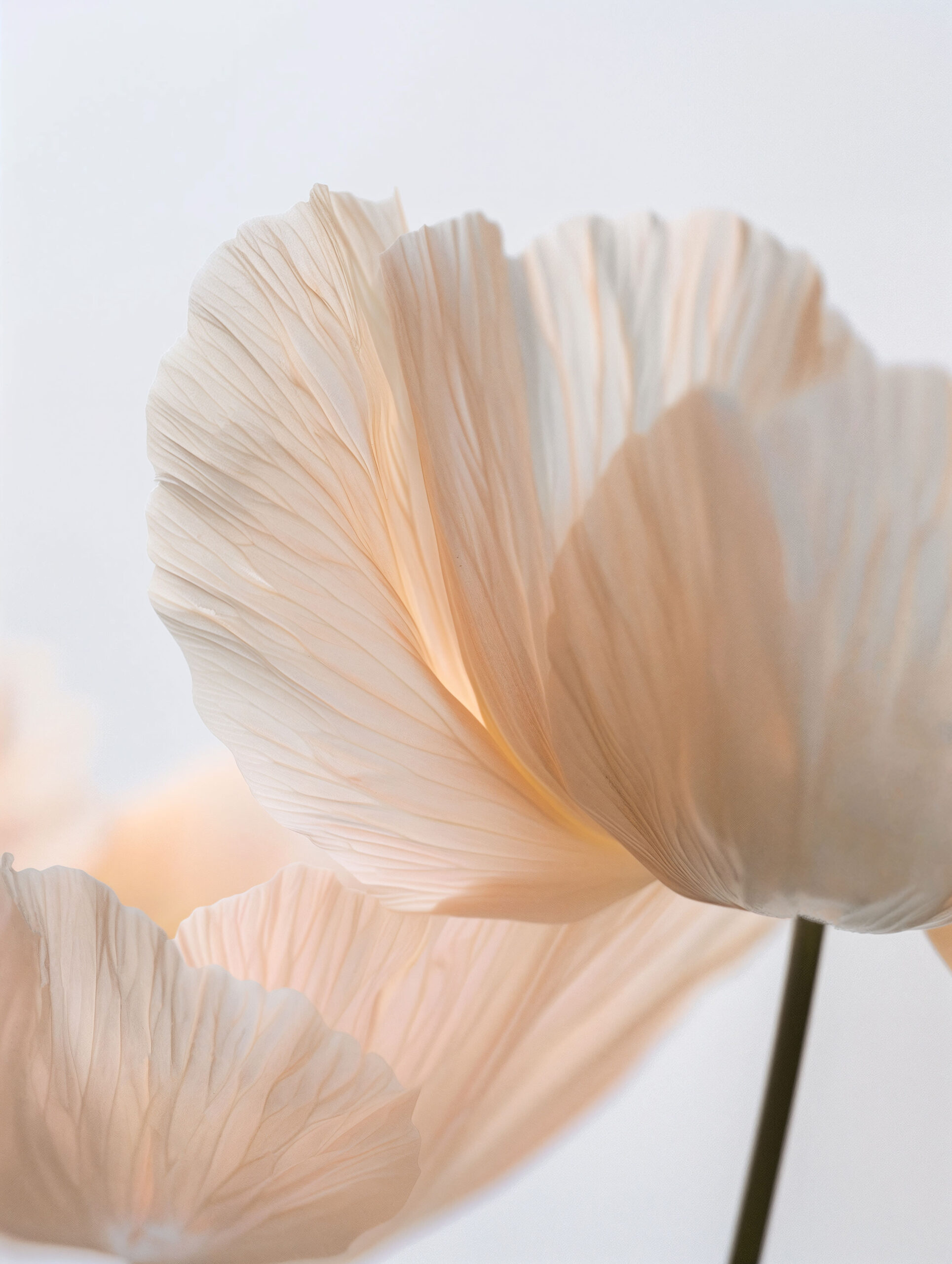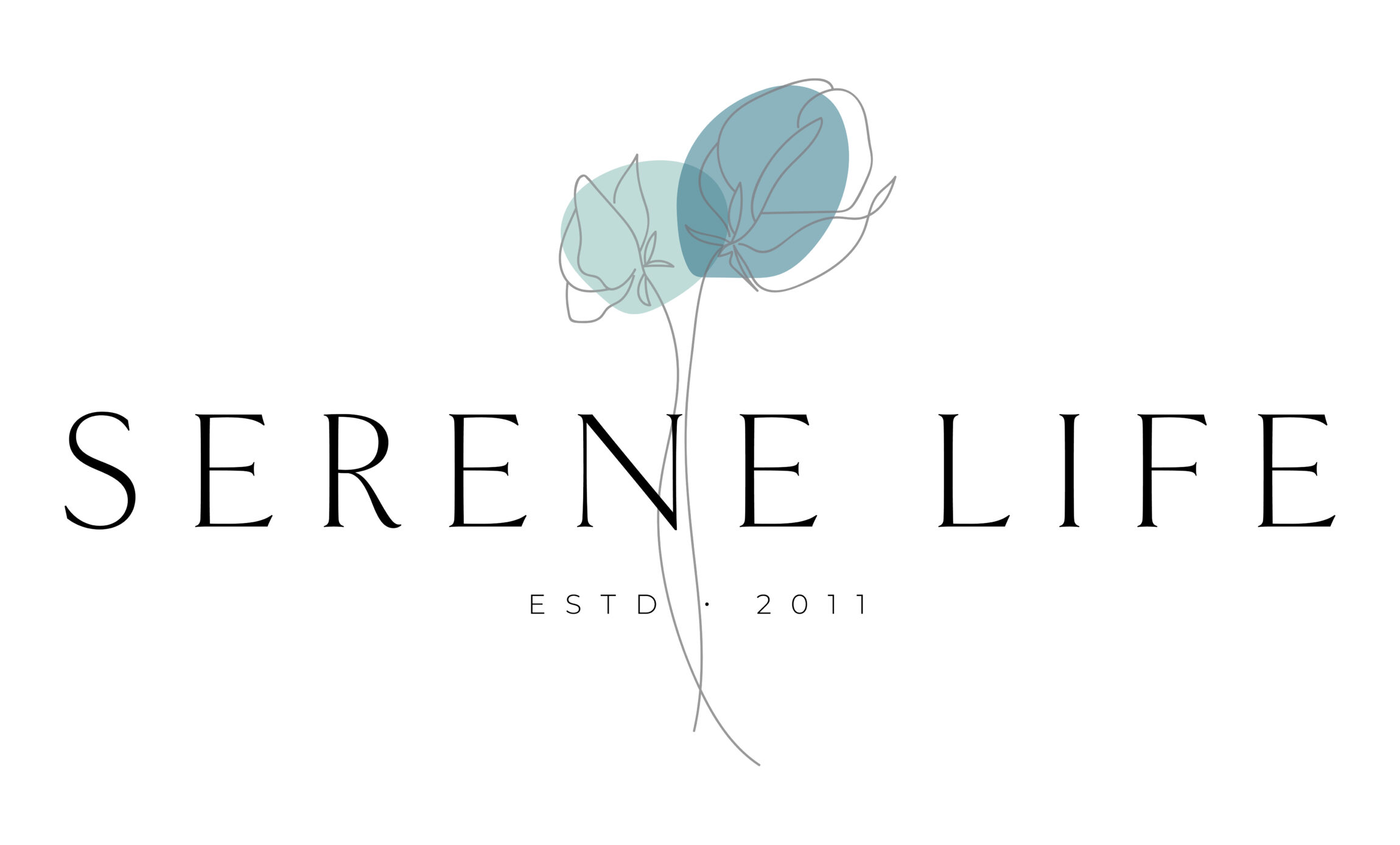
There is a quiet kind of power in learning how to say no.
Not the sharp-edged no that cuts and leaves wounds. But the soft, steady no that comes from knowing yourself deeply. The no that is rooted in love—for your energy, your time, your nervous system.
Boundaries are not walls. They are bridges back to yourself.
When we honor our limits, we’re not shutting people out—we’re creating a safe space within which we can thrive. Without boundaries, even the kindest soul becomes depleted. You cannot pour from an empty cup, no matter how beautiful your intentions are.
A Story About Boundaries
A gardener once noticed that her favorite rosebush, left untended, had grown tangled and heavy. The blooms were smaller, struggling to reach the light. Though her intention had been to let it grow freely, the lack of care had caused the plant to weaken. So, she began the patient work of pruning—cutting back what was overgrown, removing what no longer served its strength.
With time, the rosebush returned to life. The flowers came back larger, fuller, fragrant. It hadn’t needed more space—it had needed boundaries.
This is how it is with us, too.
When we give ourselves healthy edges—when we trim away what crowds or drains us—we make space for our own light to return.
How You Can Begin
1. Start with Your Body
Your body always tells the truth. Notice the tightness in your chest when someone asks too much of you. Pay attention to that heavy sigh before saying “yes” to something you don’t want to do. These are invitations—not to ignore—but to pause and listen. Begin by trusting these whispers.
2. Release the Guilt
So many of us—especially the nurturers—confuse boundaries with selfishness. But saying no does not make you unkind. It makes you honest. And honesty is the root of all deep connection. The more authentically you show up, the more the right people stay.
3. Be Gentle and Clear
You don’t need to justify your boundaries with long explanations. A simple “That doesn’t work for me right now” is enough. Boundaries can be clear and kind at the same time. Clarity, in fact, is a gift—it leaves less room for resentment.
4. Practice in Small Moments
Boundary setting is like building a muscle. Start small. Decline the last-minute dinner invite when you’re already tired. Ask for what you need—more space, a slower pace, a moment to breathe. With each act of self-respect, your peace grows stronger.
5. Notice What Shifts
When you begin to hold your own energy with reverence, your world starts to reflect that. The chaos settles. The relationships that once felt draining shift—or fall away. You begin to live in alignment with your own rhythm, your own light.
And that is where the peace lives.
Not in doing more. Not in saying yes to everything.
But in returning, again and again, to what is true for you.
🌿 Try this Guided Meditation for Reflection
“The Garden of You”
Close your eyes and picture yourself as a garden.
- What’s growing there right now?
- Are some plants overgrown, crowding out the light?
- Are there quiet corners that need tending, or flowers that haven’t bloomed because they’re waiting for space?
- What would your garden look like if it had strong, healthy borders—not to keep the world out, but to protect what’s sacred within?
Now gently ask yourself:
What needs pruning? What needs nourishing? What needs to be planted fresh?
You might want to draw your garden, journal about it, or simply hold the image in your heart today.
Let this be a tender reminder:
Boundaries are not about saying no to life—they are about saying yes to your own flourishing.
You may also like:
The Power of Prevention: Simple Daily Habits for a Healthier Life
Navigating Grief and Loss in Later Life
Interested in learning more about Alzheimer’s Prevention? Sign up for my free e-mail series here.


